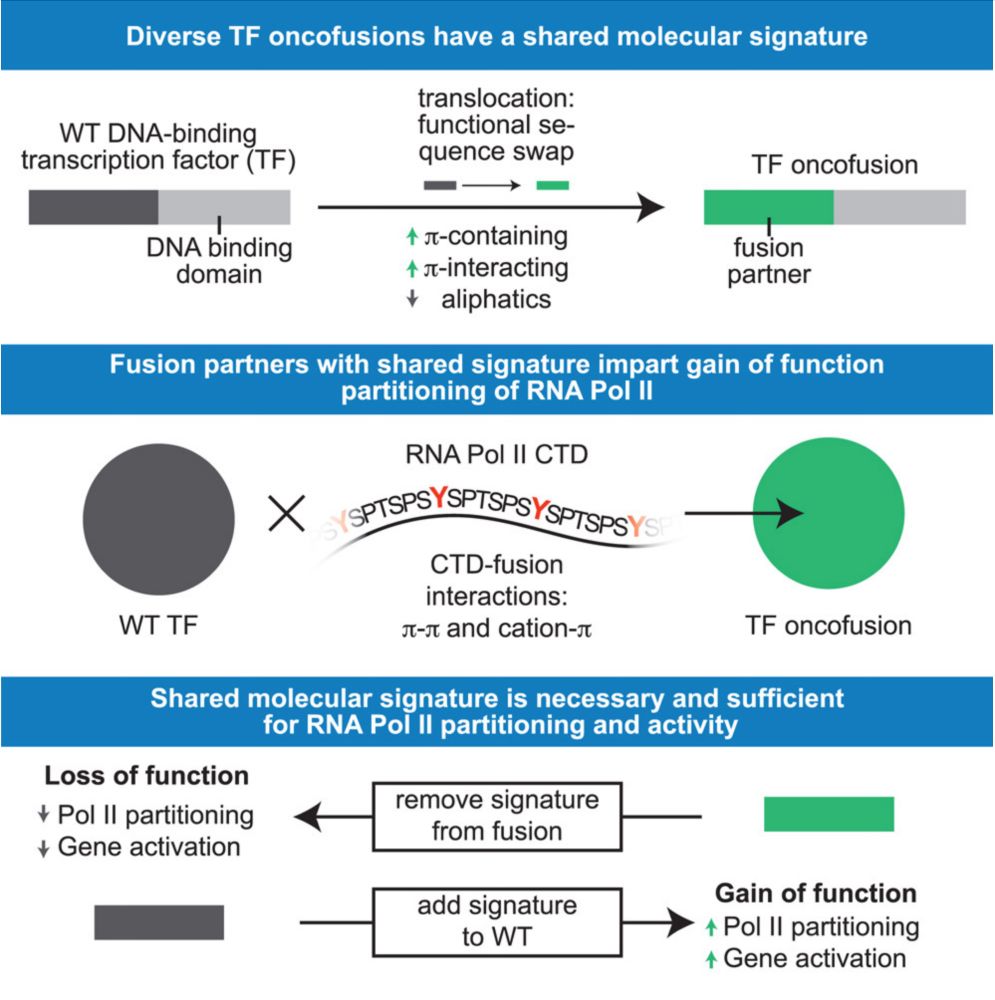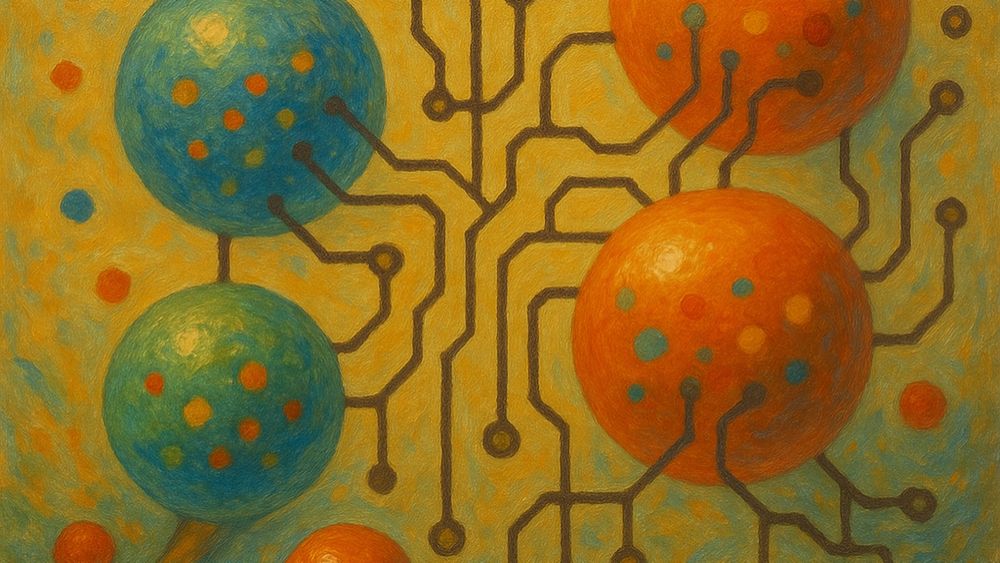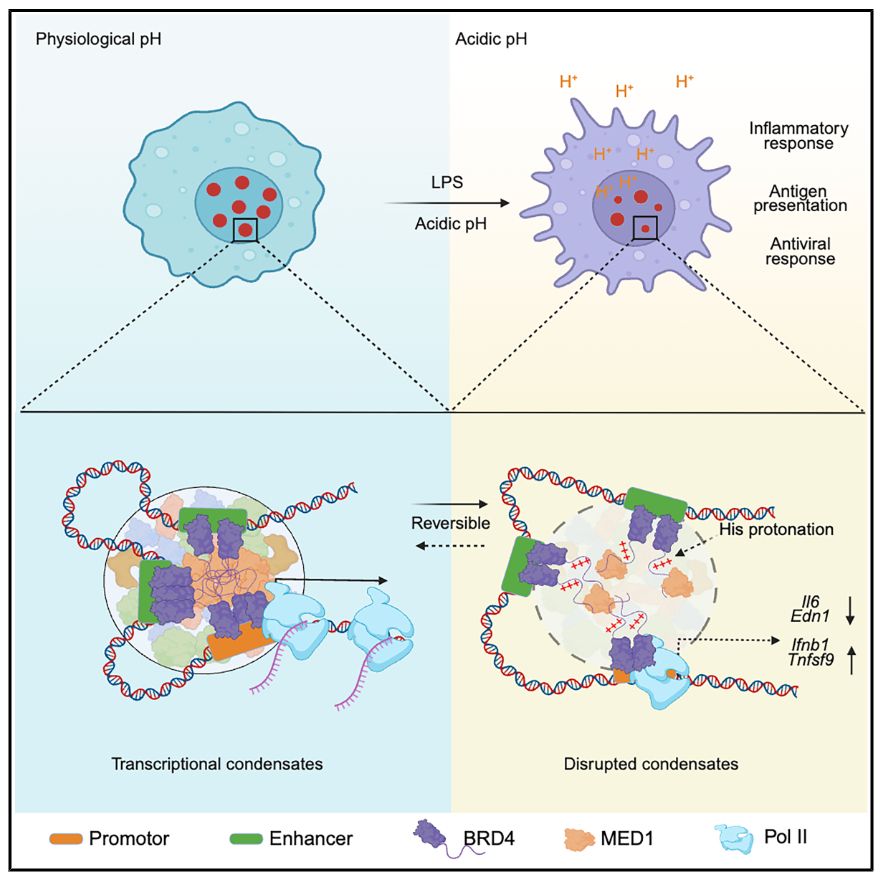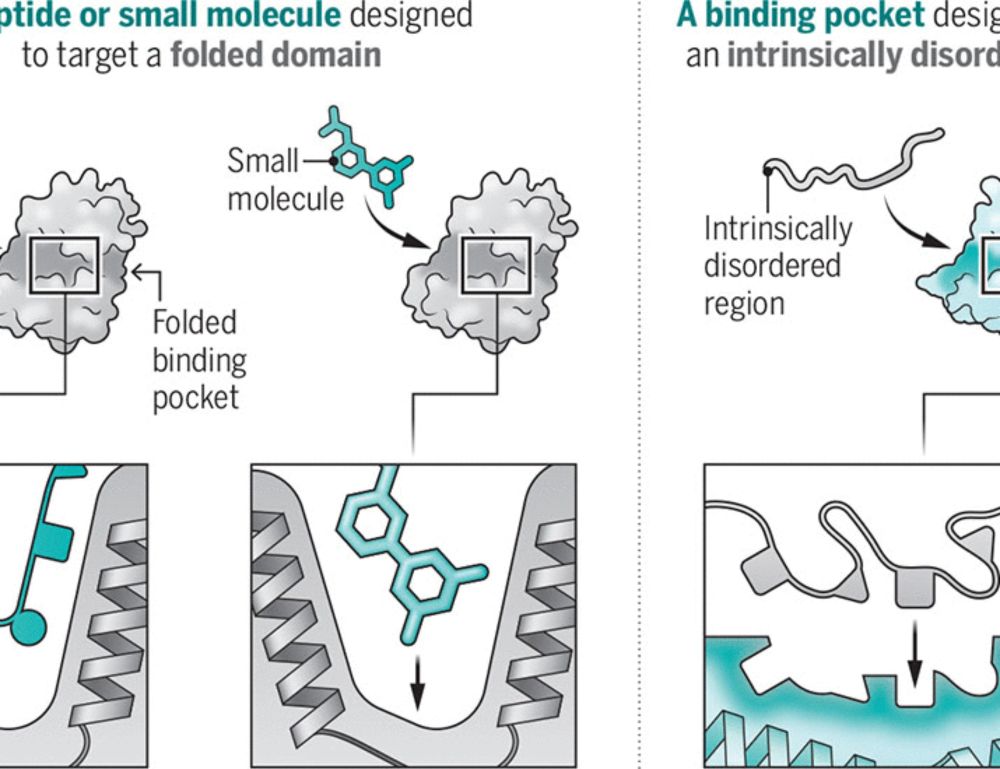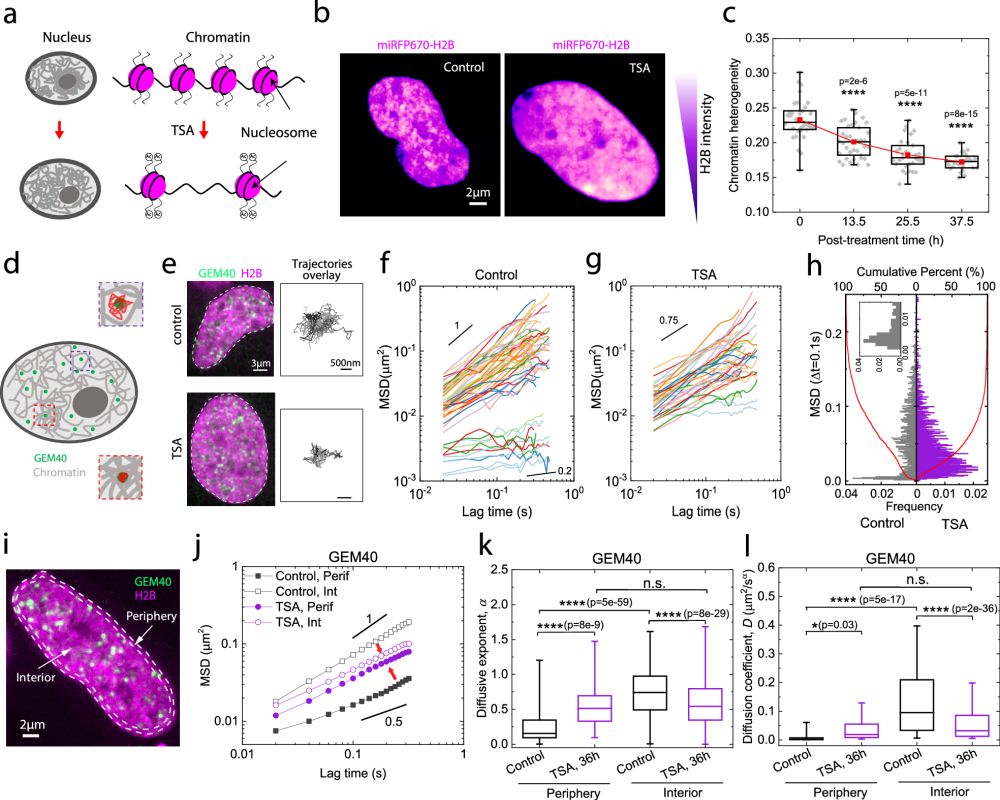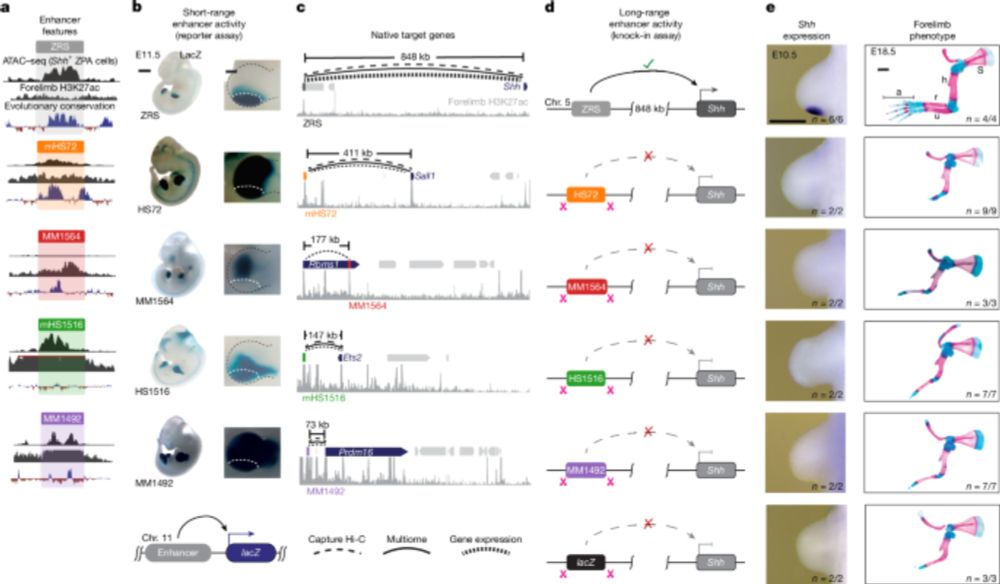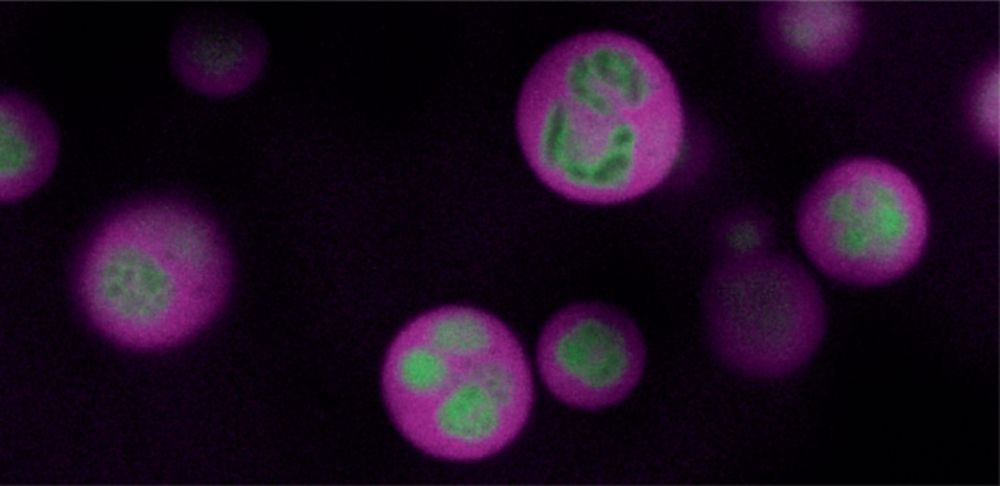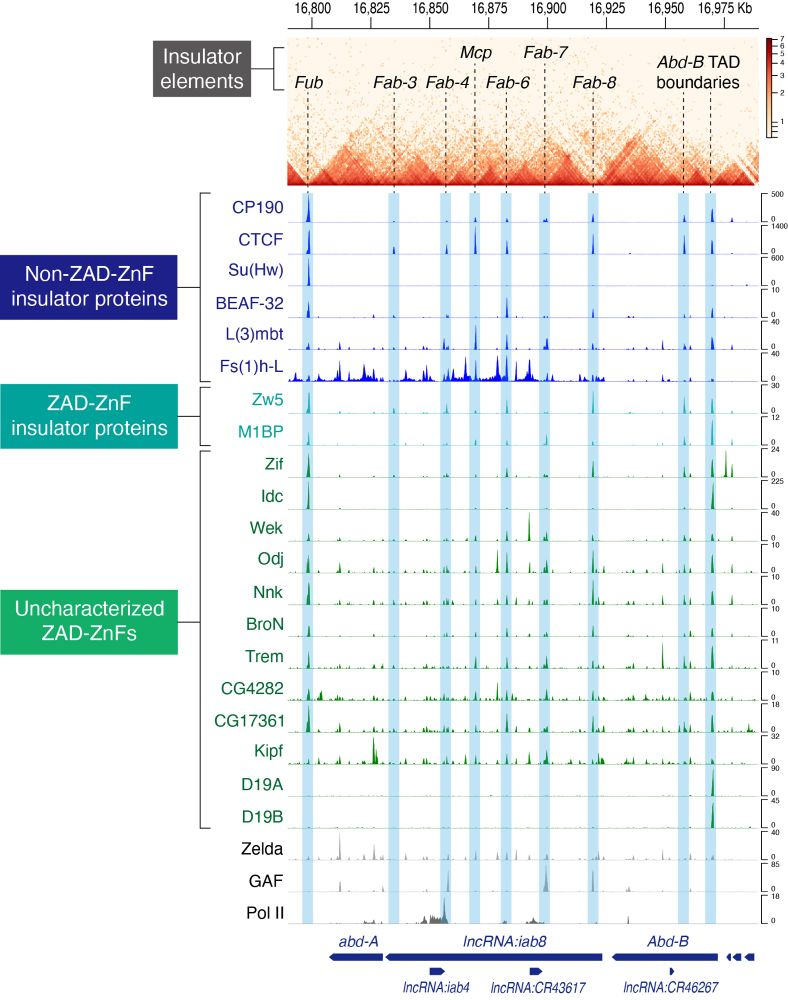Ben Sabari
@bsabari.bsky.social
1.2K followers
140 following
20 posts
Assistant Professor at UTSW studying nuclear organization by nuclear condensates
Posts
Media
Videos
Starter Packs
Pinned
Reposted by Ben Sabari
Reposted by Ben Sabari
Reposted by Ben Sabari
Reposted by Ben Sabari
Reposted by Ben Sabari
Lucia Strader
@luciastrader.bsky.social
· Aug 25

Plant biologist Lucia Strader joins Salk faculty to study plant growth signaling - Salk Institute for Biological Studies
LA JOLLA—The Salk Institute will welcome plant biologist Lucia Strader as a new professor and holder of the Howard H. and Maryam R. Newman Chair in Plant Biology in October 2025. Strader is an interna...
www.salk.edu
Reposted by Ben Sabari
Reposted by Ben Sabari
Kalli Kappel
@kallikappel.bsky.social
· Jun 17
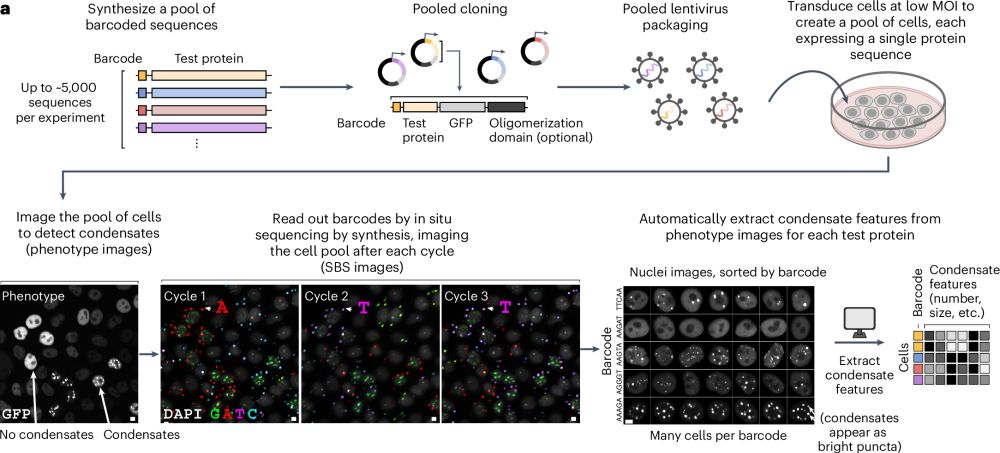
Characterizing protein sequence determinants of nuclear condensates by high-throughput pooled imaging with CondenSeq
Nature Methods - CondenSeq is an imaging-based, high-throughput platform for characterizing condensate formation within the nuclear environment, uncovering the protein sequence features that...
rdcu.be
Reposted by Ben Sabari
Reposted by Ben Sabari
Tanja Mittag
@tanjamittag.bsky.social
· May 29
Reposted by Ben Sabari
Reposted by Ben Sabari
Alex Holehouse
@alexholehouse.bsky.social
· May 23
Reposted by Ben Sabari
Reposted by Ben Sabari
Philip Ball
@philipcball.bsky.social
· May 13
Reposted by Ben Sabari
